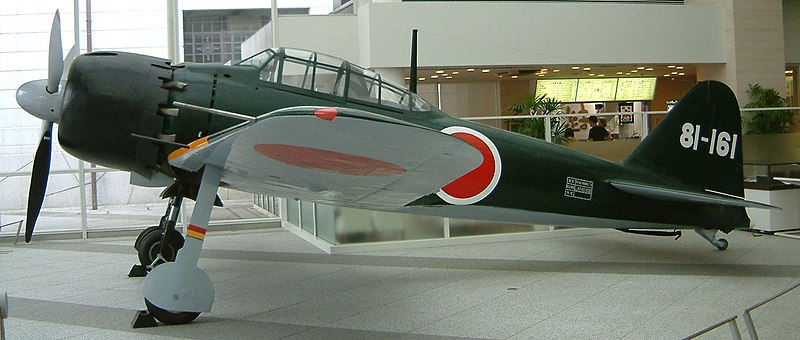PC pointed out a really interesting bit of visual control history to me.
In a recently aired episode of Showdown: Air Combat the host, a USAF fighter jock, asked about a series of colored stripes painted on a bit of sheet metal attached to the landing gear of a beautifully restored A6M Zero .
The piece of aluminum sheet is attached to the landing gear and fairs in the landing gear bay when retracted. The plane’s pilot/historian explained that they were an indicator for the ground (or deck) crew. As the landing gear’s hydraulic struts compress they align with the different stripes, allowing the crew to instantly see the load condition of the aircraft.
So for the cost of nothing more than a few square inches of paint they had an immediate, reliable, easy to use (from a distance, even), intuitive “mechanism” for the aircraft handlers to obtain critical fuel+ordinance info on the planes at any time.

While weight is always critical on an aircraft, it is even more critical on a WWII era aircraft carrier, before there were catapults. Where I can see this simple visual check becoming really valuable is if the crew spots one that is different than the others.
Here is a question – how can you adopt this principle to make a quick, visual weight check to assure, for example, that everything is in the package before it ships?
Wow, I never realized that this airplane had that visual signal device on it. Cool !!!